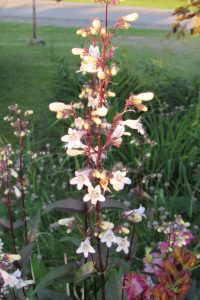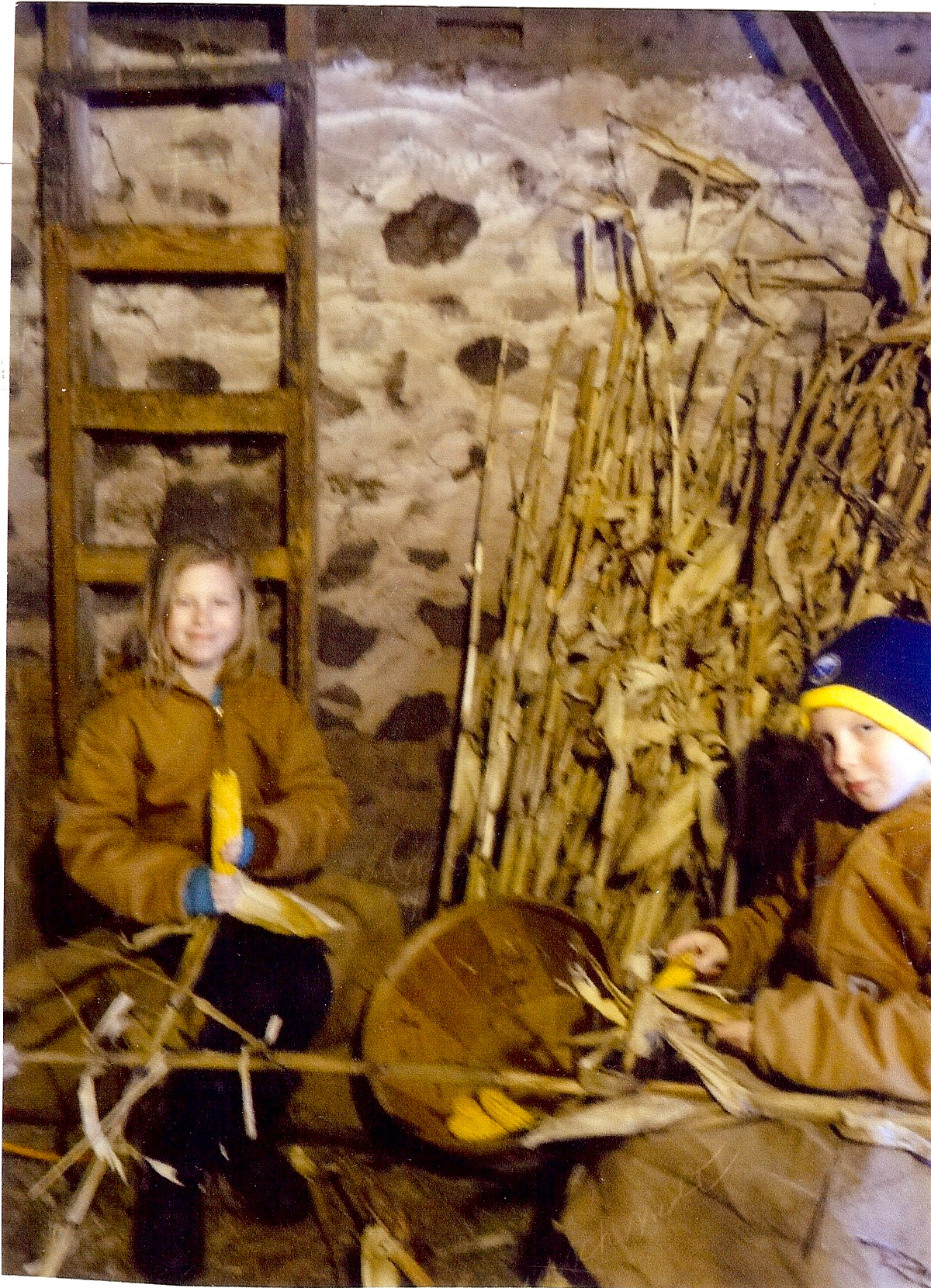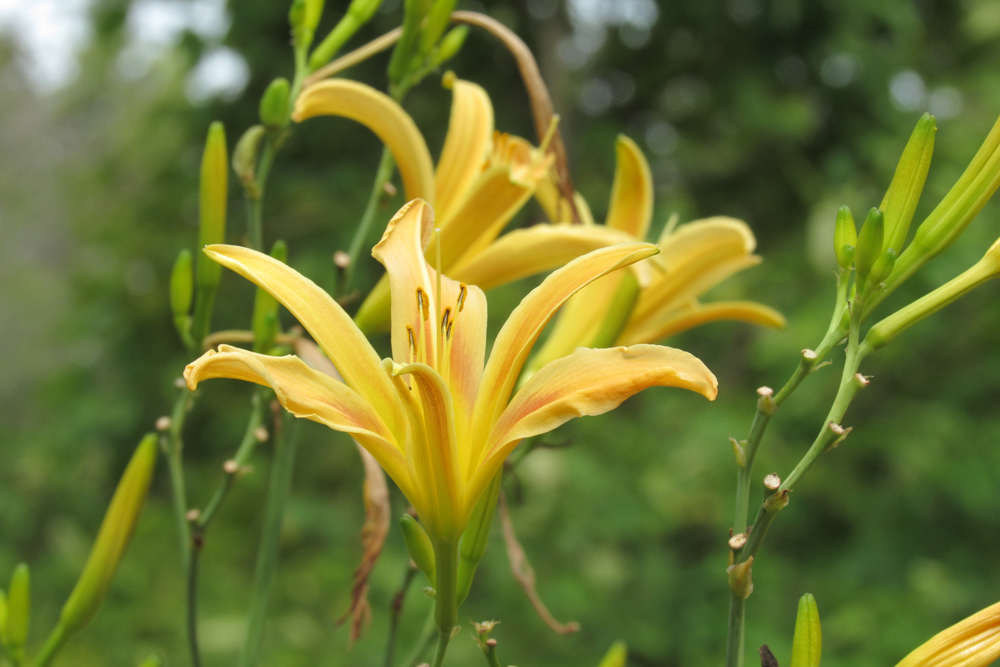Climate change in your garden and an easy care native perennial to try

Every growing season has its own special challenges: Sometimes it’s hot and dry conditions; sometimes it’s a new plant disease or pest threat; sometimes it’s unseasonable cold and severe storms. Gardeners who want to be successful need to know how to adapt and prepare for whatever conditions Mother Nature may toss their way.
The Cornell Institute for Climate Smart Solutions has developed an online tool to help farmers, gardeners, educators and anyone with a backyard understand climate trends and prepare for what the future may hold.
The tool is called Climate Change in Your County and Art DeGaetano, professor of climatology in Cornell’s Department of Earth and Atmospheric Sciences, says you can use the tool to, “zoom in on your particular county in the Northeast to see how global climate change is really happening in your own backyard.”
DeGaetano also serves as director of the Northeast Regional Climate Center at Cornell. He developed the tool along with a team of scientists at the Cornell Institute for Climate Smart Solutions.
The team says farmers are asking for information on how the climate has changed in their specific location. “We developed the tool to show how the climate is changing, not just for this week or this month, but how things like growing degree days and average annual temperature are changing through time,” DeGaetano says.
By going to Cornell’s Climate Smart Farming program website, anyone can utilize the application’s map of Northeast counties to uncover information about average annual temperatures, high and low temperature trends, growing season length, precipitation trends and climate projections. You simply click on your county and data from 1950-2013 is displayed along with climate models showing future trends.
Monroe County, for example had an increasing average temperature trend of .5 degrees F per decade and a growing season length increase trend of 4.1 days per decade from 1980 through 2013. It is interesting to compare data from local neighboring counties and study projections.
Most counties in the Northeast are expected to see annual temperatures continue to rise, according to Cornell, however, there are exceptions. Some counties in West Virginia, for example, are seeing a cooling trend in their average annual temperatures.
A native perennial to try
Gardening with native plants is one way to help our local ecosystems thrive. Last year, I purchased Penstemon digitalis “Husker Red,” also known as beard tongue. It sat in its nursery pot all season. I finally got a chance to plant it in November and currently, it is in full bloom and performing beautifully.
The plant features gorgeous burgundy/deep green foliage and burgundy flower stems topped by tall spikes of pure white tubular flowers. “Husker Red” was the 1996 Perennial Plant Association’s Plant of the Year and it is easy to see why. It has no serious disease or insect issues and is easy to care for. The plant reaches 2-3 feet tall and blooms in the late spring and early summer. It enjoys morning sun and afternoon shade and is drought resistant/drought tolerant. Lastly, it also attracts native pollinators and hummingbirds – a great way to keep celebrating Pollinator Week during the entire month of June.






